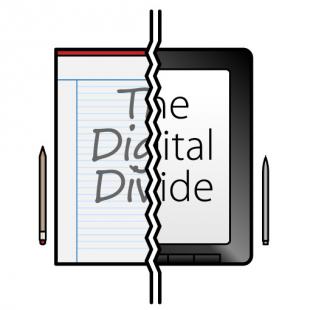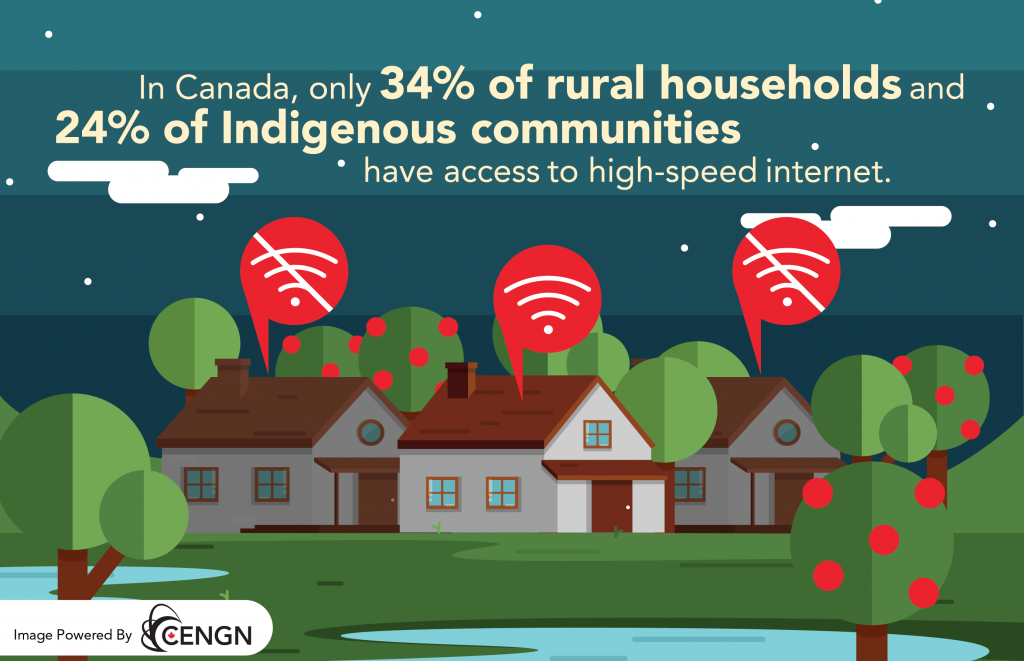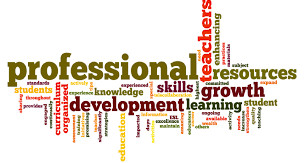Link to my website: https://sites.google.com/cloud.edu.pe.ca/parkside-library/home?
As a book cover gives a first impression, so does your library website. Ideally, your website should do a good job of promoting your library, providing the necessary information, and being an area that promotes collaboration between the library and teachers to support instruction and your school's curriculum (Arrants, 2010).
For these reasons, I have chosen to update our school library website to make it more attractive and current. “The digitalization of the library shows commitment to modernization and the willingness to embrace new trends and developments. If you want to create a contemporary image for your school and you wish to demonstrate your commitment to modernization, the development of a digital library will be the right idea for you.” (Telford, 2022). Currently, our site is not a stand-alone part of our school website, lacks visual appeal, and has outdated information. My vision is to have a clearly defined area of the school website that addresses information about the library and its resources. The main page will be accessible from the school's webpage, and from there, users can select the information they need from the main banner at the top of the page. To start, the areas I have selected are:
1- a main page which provides information about the library in general, a banner which identifies the other pages that can be accessed, and current information about library events
2- Check out information and other library policies
3- Research skills information and websites to access
4- Digital safety
5- Other helpful websites
In the fall, I will share this new site with my administrator and get his feedback before sharing it with staff and students. Once approved, I can share it with my colleagues during a staff meeting and with my students during library time. Over time, I would like to add perhaps an area about Makerspaces, an area where students can share their work, and an area that collaborates with teachers to have more curriculum-based content. This new and improved site will be important to students because “Having access to the library book database is important because it will enable students to participate in the academic process regardless of their location.” (Telford, 2021).
I hope that this new website will help students to be engaged with our library outside of school hours and expose them to some new technologies and sites that may be beneficial to them. It was interesting to research the many school websites that exist in our province and elsewhere. There certainly are some amazing ones out there. Learning about creating a website was new for me and gave me a new appreciation for those who design and create them. It was challenging to bring about my vision for the site, but it gave me some skills that I can now use to keep the site up and running. I appreciate that this course pushed me out of my comfort zone, allowed me to learn about technology and helped to boost my confidence in this area.
References
Arrants , K. (2010, April 12). Using your school library website in instruction. SlideShare. https://www.slideshare.net/slideshow/using-your-school-library-website-in-instruction/3696398
Telford, S. (2021, February 17). Advantages of a professional school website. Lemongrass Media. https://lemongrassmedia.co.uk/web-talk/advantages-professional-school-website/
Telford, S. (2022, January 28). The importance of having a quality school library website. Lemongrass Media. https://lemongrassmedia.co.uk/web-talk/importance-quality-school-library-website/







